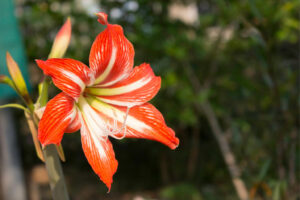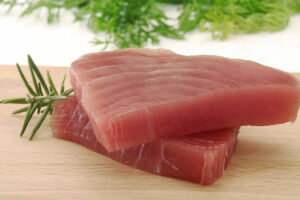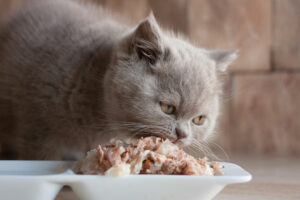8 things not covered by a home warranty

For many homeowners, a home warranty is quite useful for protecting against unexpected mishaps. For instance, if an appliance suddenly breaks down or emergency plumbing leakage occurs, a home warranty plan can help save on the expenditure of repair and replacement. Yet, there are certain things that a home warranty does not cover. Being aware of these things will help a homeowner figure out whether a home warranty is a feasible option.
Washer, dryer, and fridge
Most home warranties offer coverage for several household appliances. But most standard plans often exclude refrigerators, washers, and dryers. If a homeowner wishes to get coverage for these appliances as well, they need to get enhanced coverage if their insurance provider offers it. Besides this, it is important to read the fine print in the warranty contract to ensure whether these appliances are included or excluded from the plan.
Garage doors and tracks
Typically, garage door openers are covered by most home warranty plans. It is the garage door and track that are not covered under home warranty plans. Similar to the washer and dryer, it is important to check the contract of the home warranty plan to ensure whether the garage door is included. But if it is not a part of the contract and a homeowner wants to replace it, it is better to look into the homeowner’s insurance options. Alternatively, one can also choose to pay the cost out of pocket if it does not go over budget.
HVAC system
Home warranties are a type of system insurance. This means they are supposed to offer coverage for all the systems installed in a house. Strangely, central air conditioning and heating units are sometimes an exception. While it has become common for most home warranty plans to include these systems, it is always better to read through the contract properly to be on the safe side. Besides, even if the main HVAC system is covered by the warranty, the secondary AC or heating units might not be covered.
Windows, walls, and doors
In general, home warranties are usually applicable to systems and appliances. Most of these plans do not provide the cost of covering structural problems in a house. However, a few contracts allow homeowners to repair windows that might threaten the integrity of the house. Still, window and door issues are usually covered by homeowners insurance and not home warranties.
Roof leaks
Many homeowners assume that unwanted water getting into their homes can be categorized as plumbing issues. Such issues are usually covered by most home warranties. Unfortunately, water coming through the roof due to leakage is not an issue with the plumbing system. So, roof leakage is generally considered a structural problem and not a systemic issue. A home warranty plan does not cover such structural issues. Instead, a homeowners insurance policy might be more useful in these circumstances.
Sprinkler systems
Usually, home warranty providers do not include outdoor plumbing systems in their plans. These systems include sprinklers, faucets, and valves that are fixed outside the house. The reason for not providing coverage for repairing or replacing these in the warranty is that the outdoor plumbing system adds to the curb appeal of the house. These are not part of the internal systems and appliances. Besides, issues with sprinklers and outdoor faucets do not really threaten the integrity of a house, so most home warranty plans leave these out.
Hot tubs and pools
Just like outdoor sprinkler systems, pools, hot tubs, and spas are generally not included in home warranty plans. But some providers offer additional coverage plans that can be added on to standard plans. By choosing these add-ons, homeowners can get the coverage they need for repairing normal wear and tear issues that can arise with these outdoor amenities.
Septic systems
For many homeowners, it is often quite surprising that septic tanks are not included in home warranty plans. This is especially because indoor plumbing systems and toilets are generally considered standard for most plans. The reason why septic tanks are not a part of home warranties is because these systems are technically fixed on the outdoors. So, most warranty plans tend to exclude these. Homeowners who have a septic system installed need to ensure it is included in the warranty plan or look for other options that can provide coverage for the repair or replacement of the tank.



